6 Signs, Prevention, and Solutions for Rats in the Kitchen
Your kitchen is the heart of your home, where you create delicious meals and make cherished memories. But what happens when you find uninvited and unsanitary guests like rats in the kitchen?
Rat infestations can happen to anyone, no matter how clean your home is or where you live. These sneaky rodents can easily find their way into your kitchen and wreak havoc. In this article, we’ll explore the signs of a rat infestation, their health risks, and the emotional toll they can take on homeowners.
Signs of Rats in the Kitchen
- Droppings: One of the most obvious signs of rats in your kitchen is finding their droppings. Rats leave these small, dark pellets behind as they scurry around for food. Look for them near food storage areas, under cabinets, and corners.
- Gnaw Marks: Rats have strong teeth that continuously grow, so they gnaw on various materials to keep them trimmed. If you notice gnaw marks on food packaging, wires, or wooden surfaces in your kitchen, it’s a strong indicator of rats in your kitchen.
- Scratching Noises: Rats are nocturnal creatures, so you might hear them scuttling around during the night. Listen for scratching, rustling, or squeaking sounds, especially in the walls or ceilings.
- Nesting Material: Rats in the kitchen will create nests using materials they find in your kitchen. If you come across shredded paper, fabric, or insulation, it’s a clear sign that they’re making themselves comfortable in your space.
- Food Damage: Rats in the kitchen can be dangerous as they can contaminate food and surfaces with their urine, droppings, and hair. They can also carry diseases that can be transmitted to humans. Check for torn packaging, chewed food items, and even grease marks on kitchen surfaces, as they tend to leave a trail of mess behind.
- Unpleasant Odors: Rat infestations can lead to foul odors in your kitchen. The smell may result from their urine, feces, or even the rats if they have died within your walls or cabinets.
Prevention Measures
Preventing rats from entering your kitchen is essential to maintaining a safe home environment. Here are some effective prevention measures to keep these rodents at bay:
- Seal Entry Points: Inspect your kitchen and the surrounding areas for any gaps, cracks, or holes that rats can use to enter. Seal these entry points with caulk or steel wool to block their access.
- Proper Food Storage: Store food in airtight containers made of glass or plastic. Rats are attracted to the smell of food, and keeping it sealed will deter them from targeting your kitchen.
- Regular Cleaning: Maintain a clean kitchen by wiping down surfaces, sweeping up crumbs, and emptying the trash regularly. Rats are less likely to visit a tidy area without easily accessible food.
- Remove Clutter: Reduce hiding spots for rats by decluttering your kitchen. Clear out unnecessary items, especially in storage areas like the pantry and cabinets.
- Outdoor Maintenance: Trim trees and bushes near your kitchen, as rats can use overhanging branches for access. Also, keep outdoor trash bins tightly closed.
- Secure Pet Food: Don’t leave their food out overnight if you have pets. Pet food attracts rats, so feed your animals and store them in secure containers.
Solutions to Get Rid of Rats in the Kitchen
If you’ve already spotted signs of rats in your kitchen, it’s crucial to take swift action to eliminate the infestation. Here are some effective solutions:
- Set Traps: Traditional snap and glue traps are readily available and can capture rats effectively. Place them near known rat activity areas but out of reach of children and pets.
- Use Bait Stations: Bait stations are safer, as they prevent direct contact with toxic baits. Rats enter the station, consume the poison, and then leave to die elsewhere.
- Professional Extermination: For severe infestations, or if you’re uncomfortable handling traps and poisons yourself, it’s best to hire a professional pest control service. Cost of infestation is worthy when it comes to rat infestation. Pest control measures can help prevent the spread of diseases carried by rats, as well as damage to property and infrastructure caused by gnawing and burrowing. It is crucial to invest in effective pest control to ensure the safety and well-being of individuals and the community as a whole. They have the knowledge and tools to address the problem effectively and safely.
- Seal Entry Points: After you’ve removed the rats, thoroughly inspect and seal any entry points to prevent future infestations.
- Maintain Vigilance: Continue with regular cleaning and maintenance to ensure rats don’t return. Remember that rats can reproduce rapidly, so ongoing prevention is essential.
- Natural Deterrents: Some people use natural deterrents like peppermint oil or ammonia-soaked rags to repel rats. While these methods may have some success, they are generally not as reliable as traps and poisons.
Conclusion
Rats in the kitchen can pose health risks and disrupt your daily life. You can reclaim your kitchen from these unwanted pests by recognizing the signs of an infestation, implementing effective prevention measures, and taking prompt action to eliminate the problem. Remember that while DIY solutions can be effective for minor infestations, it’s essential to consult a professional if the problem persists or worsens. Your kitchen should be a place of comfort and nourishment, not a haven for rodents.
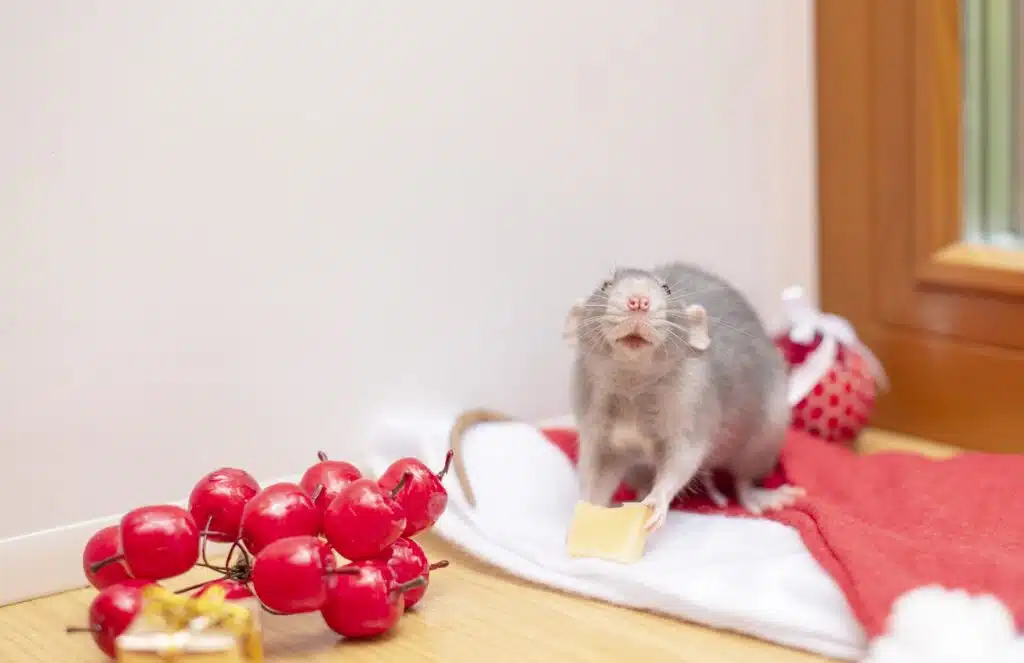
Related Articles
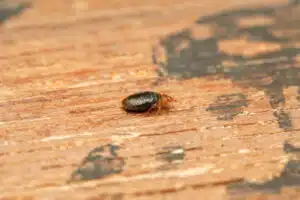
Tick vs. Bed Bugs: Differences and Similarities
Understanding the differences between two common blood-sucking pests, ticks and bed bugs, is important. We want to make sure you know exactly what kind of pests you’re dealing with,
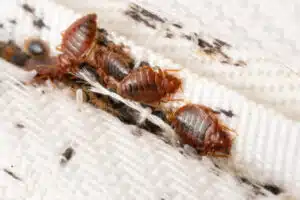
Where Do Bed Bugs Come From, and How to Prevent Them? A Guide for Salt Lake Residents
Bed bugs can be a major nuisance and cause various physical and emotional problems, including skin irritation, anxiety, and sleep disturbances. In Salt Lake City, bed bugs are a growing concern, especially in apartment buildings, hotels, and other high-density living spaces. But where do bed bugs come from, and how can you prevent them from infesting your home or property?
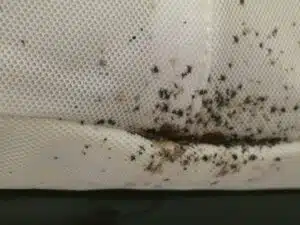
Are All the Tiny Black Bugs in My Bed Bed Bugs?
Sleeping is one of the things that we look forward to after a very long day. We recharge ourselves by sleeping by the end of the night to be refreshed the next day. But we can be disturbed even during our sleep by pesky pests crawling and hiding where we sleep. That’s terrifying, right? Pests that are known to annoy us during our sleep are bed bugs. They are usually found where humans and other pets sleep. Bed bugs can be almost anywhere in the world – even in your Saltlake home! They can be annoying because they suck your blood and leave you with an itch and bumps in the infected area. So blood attracts them, even the blood of other animals. Therefore, you should conduct bed bug removal if you have them. If you find bugs on your beds, you might think they are bed bugs. But are they?

Can Bed Bugs Live in Your Car?
Bed bugs are small, flat, and oval-shaped insects that feed on the blood of humans and animals. During the day, bed bugs hide in cracks and crevices around beds, furniture, and baseboards. You can also find them in mattresses, bed frames, blankets, carpets, and other fabric items throughout your home. While it is possible for bed bugs to infest your car, they’re less likely to do so than inside a house or other structure.
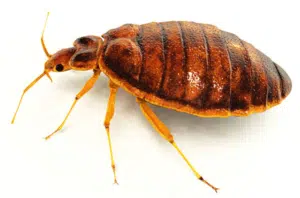
How to Find Bed Bugs in Your Home
Bed bugs are small, blood-sucking that feed on human and animal blood. They belong to the family Cimicidae, contain over 100 species, and have been around for millions of years.

Can Bed Bugs Jump?
Bed bugs are a common household pest that can be difficult to get rid of. These tiny insects can live in any crevice or crack in your home and feed on blood.
